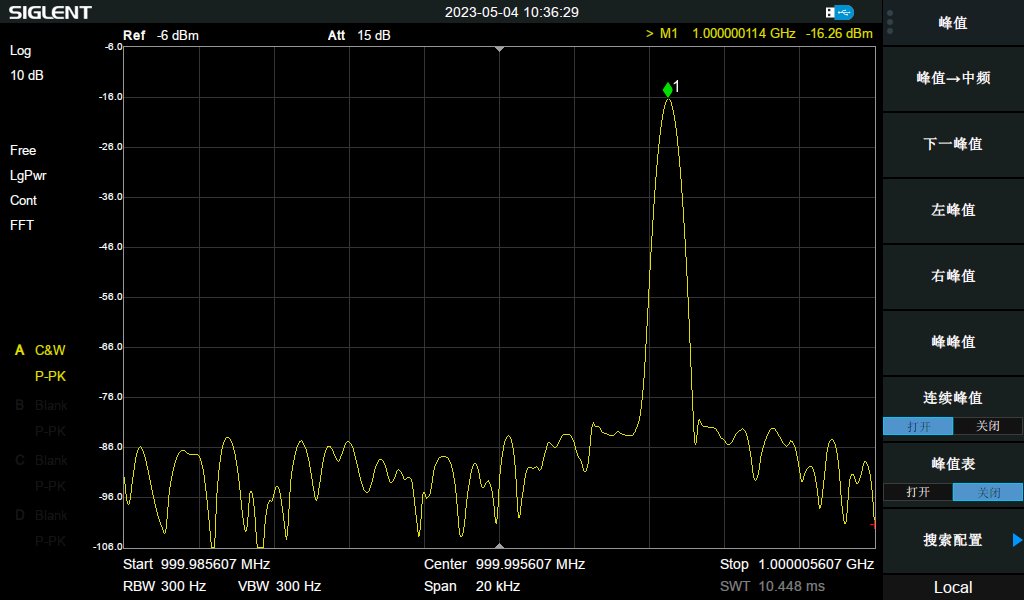Project update 2 of 9
Some Key Features of AntSDR
by Chao Jiang, Aero, Chaochen WeiWelcome to the first of our weekly updates on the AntSDR! We are thrilled to see all of the support we have received so far, and we were able to reach our funding goal in the first two days of the campaign!
Today, we’ll be taking a deep dive into the technical features that make our product stand out. Our AntSDR is an embedded device that uses advanced software-defined radio (SDR) technology, which allows for unparalleled flexibility and customization. With our AntSDR, users have access to a wide range of powerful features and tools that can be tailored to meet their specific needs.
Embedded
Being an embedded SDR device means that it is a compact and portable solution for software-defined radio applications. It can be easily carried around and used in various environments, making it highly versatile. Because it is an embedded device, it can be integrated into other systems and devices, providing a more streamlined and integrated solution for software-defined radio applications.
Compatibility
AntSDR E200 is well compatible with popular SDR devices such as PlutoSDR and USRP B210. With just one switch on AntSDR, you can easily switch between the two devices. This means that you can conveniently use the APIs of PlutoSDR and USRP B210 to connect to the vast SDR application world.
Synchronization and Higher Accuracy
AntSDR E200 support 10 MHz and Pulse-Per-Second (PPS) synchronization capabilities. These synchronization features of the AntSDR E200 enable higher accuracy and more reliable performance in a wide range of applications, from wireless communications to remote sensing and scientific research.
External reference input and onboard VCXO work together can provide higher clock accuracy. Here is a simple example: As there is no test point available for the onboard clock, we will tune the AD936x LO and observe the LO output on a spectrum analyzer after the addition of the external reference clock. The reference clock is from a gpsdo module.
We will set the output LO of AD936x to 1GHz.
The picture below shows the LO signal output without an external reference clock added. {antsdr-key-feature-of-antsdr-without-ref | link}
Next, we will add a 10M reference clock input to AntSDR. Below is the LO signal output obtained after adding the reference clock input.
As you can see, without the external clock input, the LO frequency output is around 999.995634MHz with an error of about 4.3ppm. After adding the external reference input, the LO frequency output is around 1.000000114GHz with an error of about 0.12ppm.
Adding external input greatly improved the accuracy of the output local oscillator. According to feedback from our partners in China, they were able to tune the output local oscillator of the E200 to an error of only about 20 ppb!
Overall, AntSDR combines the advantages of many existing SDR devices. As an embedded device, it can be easily deployed remotely for spectrum sensing. Compatible with open-source APIs, it provides more convenience for experienced users to integrate AntSDR into their own products. Finally, AntSDR provides the ability to use external reference clocks and synchronization, which provides convenience for users to build distributed systems and improves the accuracy of AntSDR.
Thank you again for all of your support so far. If you haven’t pre-ordered your AntSDR E200, please consider doing so while the campaign is live, so that you can get yours at the best price!

